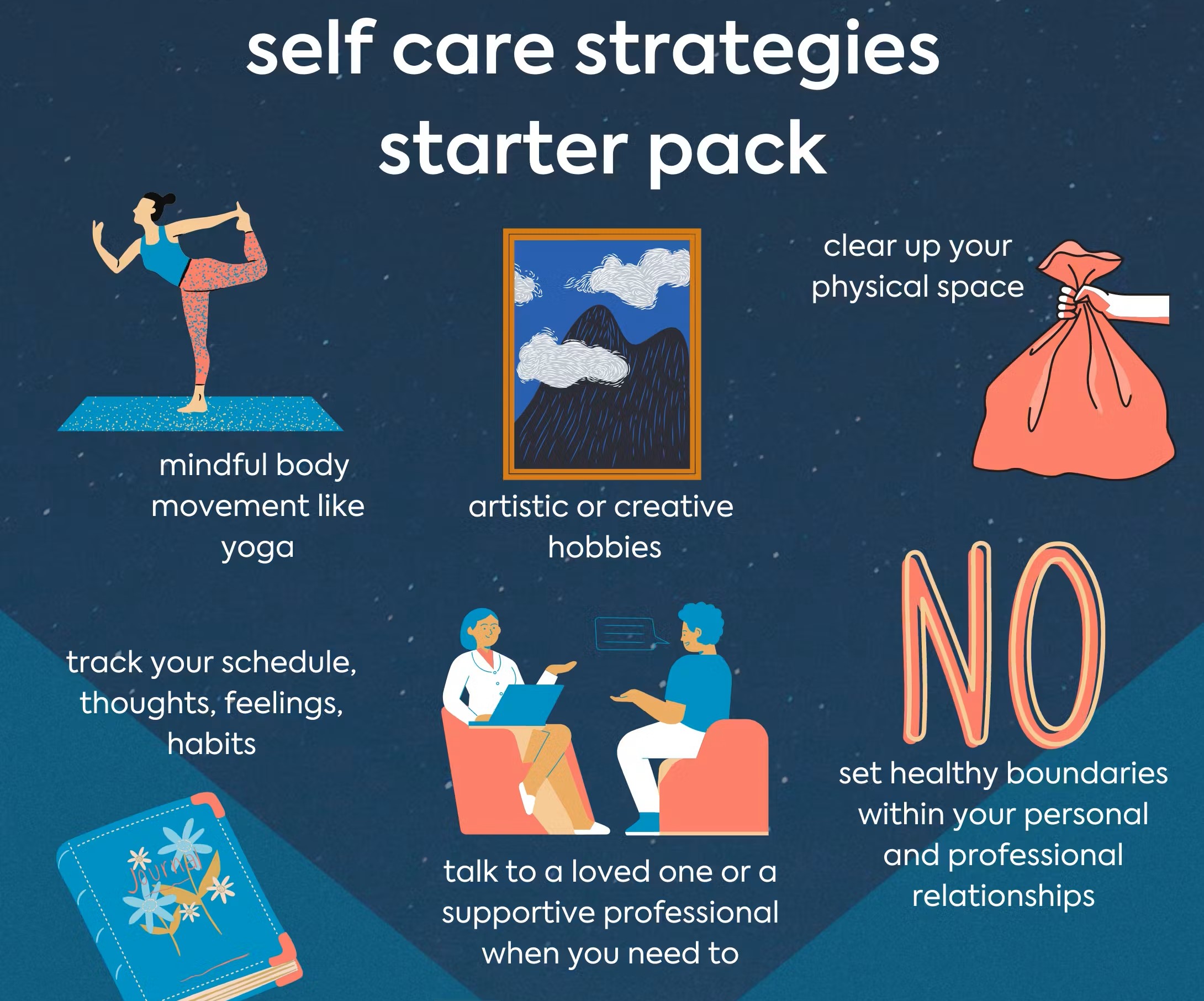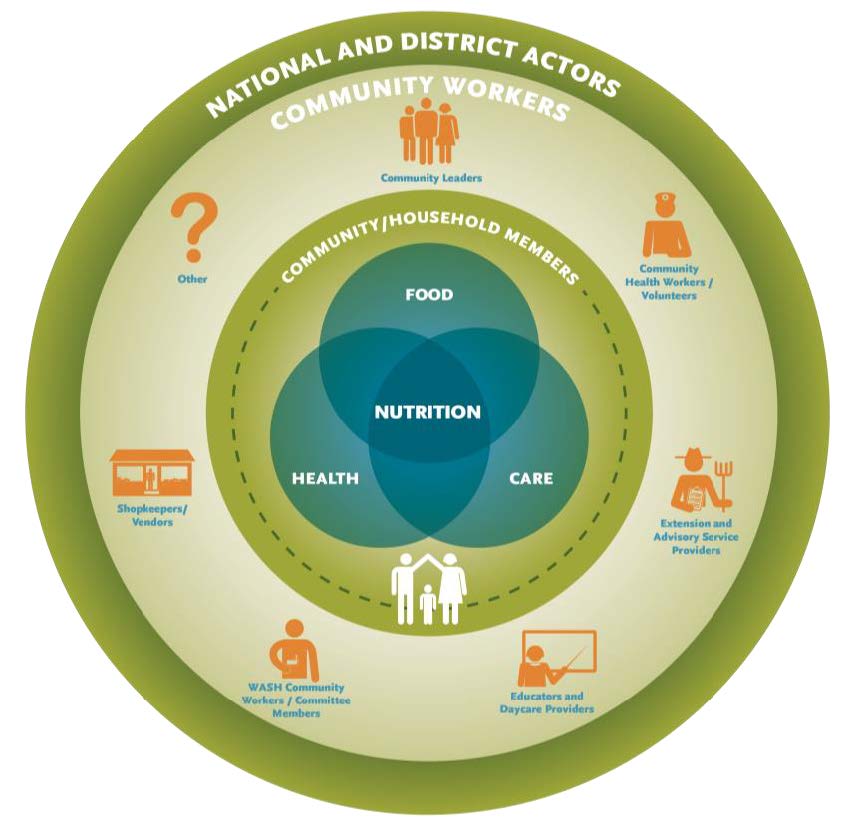Health and resilience-building strategies, In today’s fast-paced and demanding world, it has become increasingly important to prioritize our health and cultivate resilience to navigate life’s challenges effectively. Health and resilience are intertwined concepts that play a vital role in our overall well-being and ability to bounce back from adversity. This blog will provide practical strategies to help you build and maintain optimal health and resilience, empowering you to lead a more fulfilling and successful life.
Understanding Health and Resilience
A. Defining Health:
Health encompasses both physical and mental well-being. It is a state of complete harmony between our body, mind, and spirit. When we talk about physical health, we address elements such as exercise, nutrition, and sleep. Regular exercise routines help strengthen our muscles, enhance cardiovascular health, and improve overall fitness.
B. Defining Resilience:
Resilience refers to our ability to adapt and bounce back from challenges, setbacks, and stressors. It is the strength we develop to navigate through difficult times and emerge stronger. Resilience involves a combination of traits, including perseverance, flexibility, optimism, and problem-solving skills.
Health and Resilience-Building Strategies
A. Physical Health Strategies:
Regular exercise routines:
Incorporate physical activity into your daily routine, whether it’s through cardiovascular exercises, strength training, or engaging in activities you enjoy. Regular exercise boosts energy levels, improves physical fitness, and enhances mood.
Balanced nutrition and hydration:
Maintain a well-balanced diet rich in whole foods, including fruits, vegetables, lean proteins, and whole grains. Stay adequately hydrated by drinking plenty of water throughout the day.
Importance of adequate sleep and rest:
Prioritize quality sleep by establishing a consistent sleep schedule, creating a calming bedtime routine, and ensuring a comfortable sleep environment. Allow your body and mind to recharge through sufficient rest and relaxation.
B. Mental Health Strategies:
a. Mindfulness and meditation practices:
Cultivate mindfulness by focusing on the present moment and practicing meditation regularly. These techniques promote calmness, reduce stress, and enhance self-awareness.
b. Breathing exercises and relaxation techniques:
Deep breathing exercises, progressive muscle relaxation, and guided imagery can help reduce anxiety and promote a sense of calm.
Emotional well-being: a. Self-care activities and hobbies:
Engage in activities that bring you joy, relaxation, and fulfillment, such as reading, listening to music, spending time in nature, or pursuing creative outlets. b. Social connections and support systems: Nurture meaningful relationships with friends, family, and support networks. Regularly connect with loved ones, seek support when needed, and actively participate in social activities.
Building resilience through positive psychology: a. Cultivating gratitude and practicing optimism:
Develop a gratitude practice by regularly expressing appreciation for the positive aspects of your life. Cultivating optimism and a positive mindset can help you maintain resilience during challenging times.
Developing a growth mindset:
Embrace challenges as opportunities for growth and learning. Adopting a growth mindset allows you to view setbacks as temporary and develop resilience through perseverance and continuous learning.
C. Holistic Approaches to Health and Resilience:
Integrating mind-body practices: a. Yoga and tai chi:
These practices combine physical movement with mindfulness and breath awareness, promoting physical and mental well-being.
b. Acupuncture and other alternative therapies:
Explore alternative therapies like acupuncture, massage, or aromatherapy to support your overall health and relaxation.
Creating a healthy work-life balance: a. Setting boundaries and managing priorities:
Establish clear boundaries between work and personal life. Prioritize self-care, leisure activities, and quality time with loved ones. b. Time management techniques: Efficiently manage your time by setting realistic goals, prioritizing tasks, and employing time management strategies such as the Pomodoro Technique or task batching.
Implementing Health and Resilience Strategies
A. Creating a personalized plan:
Assess your current health and resilience levels:
Reflect on your physical and mental well-being, identifying areas that require improvement.
Identify areas for improvement and goal setting:
Set specific, measurable, achievable, relevant, and time-bound (SMART) goals to guide your health and resilience-building journey.
B. Building sustainable habits:
Set realistic expectations and gradual progress:
Avoid overwhelming yourself with drastic changes. Instead, make small, sustainable changes over time to build long-lasting habits.
Overcome challenges and maintain motivation:
Expect setbacks along the way, but view them as opportunities for growth. Stay motivated by celebrating progress, seeking support, and adjusting your approach when needed.
C. Seeking professional support:
Consulting healthcare providers:
Regularly visit healthcare professionals for check-ups, advice on exercise routines, nutrition guidance, and any specific health concerns.
Working with therapists or coaches:
Seek professional support from therapists or coaches specializing in mental health, stress management, or resilience-building. They can provide guidance, tools, and strategies tailored to your needs.
Case Studies and Success Stories
A. Real-life examples of individuals who have prioritized health and resilience:
In order to inspire and motivate readers, it is valuable to share real-life examples of individuals who have successfully prioritized their health and cultivated resilience. These stories showcase the transformative power of implementing the strategies discussed throughout this blog.
Sarah’s Journey to Physical and Mental Well-being:
Sarah, a busy professional, realized the toll her sedentary lifestyle was taking on her health. Determined to make a change, she incorporated regular exercise into her routine. Starting with small steps, she began walking during lunch breaks and gradually increased her activity level. Over time, Sarah discovered a love for running and completed her first marathon.
Mark’s Journey to Resilience through Mindfulness:
Mark, a high-stress executive, struggled with anxiety and burnout. Seeking a solution, he turned to mindfulness and meditation practices. Mark dedicated a few minutes each day to sit in stillness, focusing on his breath and observing his thoughts without judgment. Gradually, he noticed a profound shift in his ability to manage stress.
B. Sharing experiences and lessons learned:
In addition to case studies, it is beneficial to share personal experiences and lessons learned. This allows readers to relate to the challenges faced by others and gain insights from their journeys. Here are a few examples:
Jennifer’s Experience with Building Resilience:
Jennifer, a single mother, faced numerous obstacles in her life. From financial struggles to personal setbacks, she had her fair share of challenges. However, Jennifer adopted a positive mindset and embraced a growth-oriented perspective. She sought support from a therapist who helped her reframe her experiences and develop resilience.
Michael’s Journey to Prioritizing Health:
Michael, a workaholic, neglected his health for years until he experienced a health scare. Recognizing the importance of prioritizing his well-being, he made significant changes in his lifestyle. Michael implemented regular exercise routines, adopted a nutritious diet, and focused on quality sleep. With time, he noticed an improvement in his energy levels, productivity, and overall satisfaction with life.
Reflect on personal goals and aspirations:
Encourage readers to reflect on their own health and resilience goals. Ask thought-provoking questions to help them identify areas for improvement and develop a vision for their well-being.
Start small and be consistent: Emphasize the importance of taking small steps and being consistent in implementing the strategies discussed. Encourage readers to set achievable goals and commit to gradual progress over time.
Seek support and accountability:
Remind readers that they don’t have to embark on this journey alone. Encourage them to seek support from loved ones, join fitness or mindfulness communities, or consider working with professionals such as therapists or coaches.
Conclusion:
In conclusion, prioritizing health and resilience is a transformative journey that requires commitment, self-reflection, and consistent effort. By sharing real-life examples, personal experiences, and lessons learned, we aim to inspire and motivate readers to take action in their own lives. It is essential to remember that each person’s journey is unique, and the strategies discussed can be tailored to individual needs and circumstances. By implementing these strategies, we can build a strong foundation of health and resilience, enabling us to navigate life’s challenges with grace and achieve our fullest potential. Now is the time to prioritize our well-being and embark on a journey of personal growth and transformation. Take the first step today and embrace the power of health and resilience. more details




